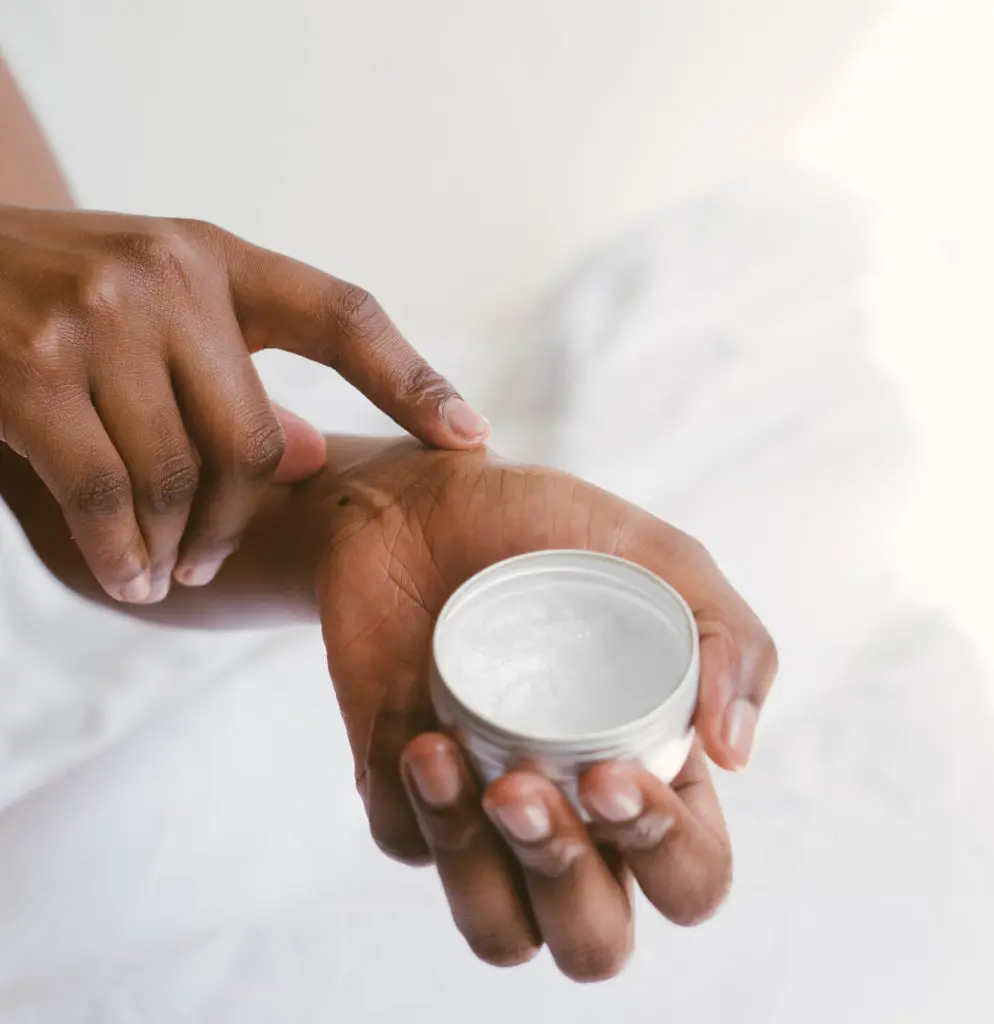
Porphyridium cruentum is present in many areas of cosmetics, you may already know it from one cream or another. But where does this little all-rounder actually come from?
Porphyridium cruentum is a microalgae that occurs in natural salty waters, such as the coasts of the North-West Atlantic. In recent years, the production of Porphyridium cruentum has been significantly expanded and the demand is constantly increasing. But what makes this microalgae so interesting?
Porphyridium contains ingredients that make it unique for research and industry. Of course, these are not all the substances that are contained, but for now let us focus only on the most crucial and relevant ones.
Zeaxanthin – the carotenoid
As you can already guess from the title, zeaxanthin belongs to the carotioids, which are characterized by their anti-oxidative properties. This means that they act as oxidation stoppers in the human body and thus slow down the aging process of the cells.
Zeaxanthin is also found in the human retina and has been gaining interest in research for several years, as it is suspected to have a protective effect in diseases such as macular degeneration, a retinal disease.
Zeaxanthin has a typical yellow colour, which can also be found in corn. It is also a substance authorised by the EU for the preparation of animal feed.
One last important feature of zeaxanthin is its skin-protecting effect against external energy sources, especially the sun, which makes it a very interesting ingredient for cosmetics.
Phycoerythrin – the phycobiliprotein
Phycoerythrin belongs to the phycobiliproteins together with the somewhat better known substance phycocyanin, which is often used as a natural colouring agent because of its deep blue colour.
Its probably most important and widespread application is based on its fluorescent effect. Phycoerythrin is provisionally used as a biomarker in research to mark and study antibodies and other very small substances.
Just like phycocyanin, phycoerythrin is believed to have anti-inflammatory properties, which also support anti-viral processes. In diseases that are symptomatic of inflammation, phycobiliproteins can take a preventive position and support human cells. In in-vitro studies have already shown that they have an inhibitory effect on various pathogens, but large-scale field studies are not yet widespread.
Alpha-linolenic acid (ALA) – the triple unsaturated fatty acid
Alpha-linolenic acid belongs, as already indicated, to the unsaturated fatty acids and is an essential nutrient. It cannot be produced by the body itself, which is why we have to obtain it from external sources.
Unsaturated fatty acids like alpha-linolenic acid are so important for our body because they enable and support vital functions. For example, they serve as a component of the cell membrane, support the brain in its development and enable the formation of DHA and EPA in small amounts, two other omega-3 fatty acids.
But alpha-linolenic acid has a lot to offer not only within the body, it is also useful for the largest organ of the body, the skin. Omega-3 fatty acids have an anti-inflammatory effect, and alpha-linolenic acid can specifically contribute to a better overall appearance of the skin and protect it from external influences.
Eicosapentaenoic acid (EPA) – the polyunsaturated fatty acid
Like alpha-linolenic acid, eicosapentaenoic acid (which is therefore called EPA for the sake of clarity) belongs to the omega-3 unsaturated fatty acids. An important difference, however, is that EPA can be produced in the body partly from ALA, except in infants. This is why other omega-3 fatty acids are so important in the development of the child during infancy.
EPA also supports the immune system and the heart and, like ALA, is an essential part of the human body. Another common feature is that EPA can also alleviate problems with irritated skin and help improve skin texture.
Polysaccharide
Polysaccharides can also be found in Porphyridium cruentum. They are also known as “polycarbohydrates” and are indispensable for life on earth. They serve as energy storages and form functions for cellulose. They are broken down more slowly than other types of sugar, and therefore provide longer lasting energy.
With all these remarkable substances, it is not surprising that Porphyridium cruentum is experiencing such an increase in demand in the cosmetics and pharmaceutical sectors. But also in the field of dietary supplements there is a lot of potential just waiting for Porphyridium cruentum to get its legal basis as a novel food. The research is still eagerly continuing and new applications and insights are still to be expected.
Porphyridium cruentum offers a unique blend of a variety of important and useful ingredients. It is the combination rather than the individual substances per se that is important, as these could also be obtained from other sources, but only Porphyridium cruentum can offer the ideal natural mixture.
If you find the possibilities of Porphyridium cruentum as promising as we do, please do not hesitate to contact us. We will be happy to help you make your next product possible.
Sources:
https://www.ncbi.nlm.nih.gov/pmc/articles/PMC5063591/
https://www.lorealparisusa.com/ingredient-library/alpha-linolenic-acid.aspx




Comments by [email protected]